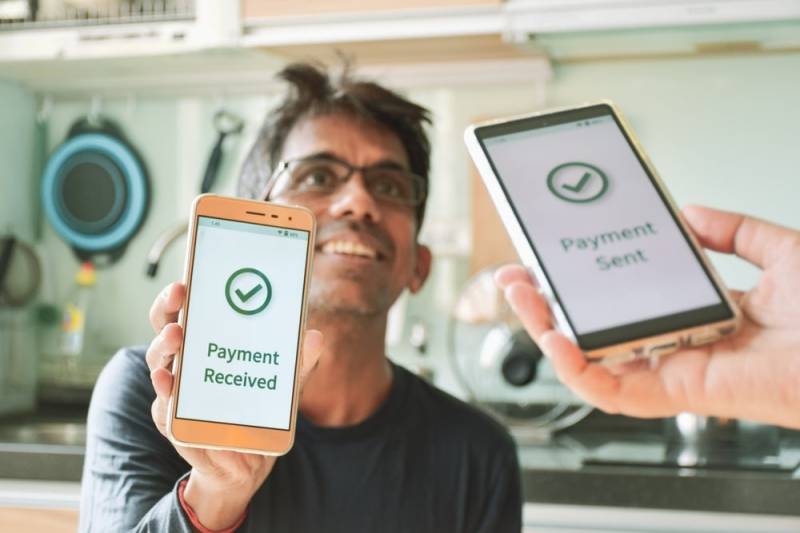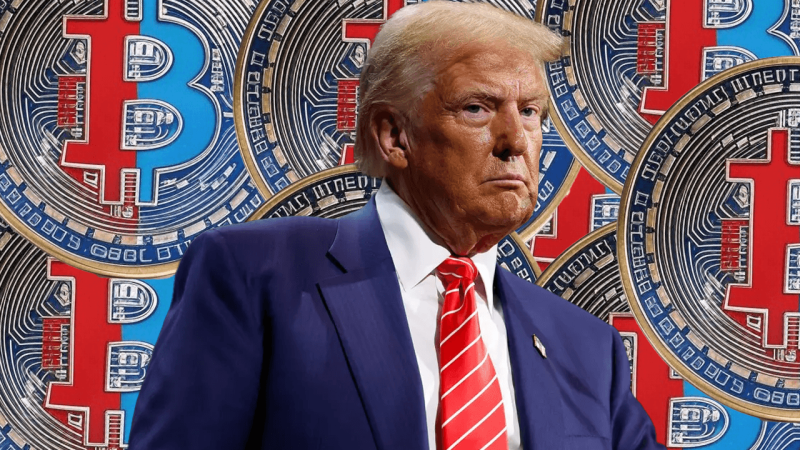
Europe's banking customer experience (CX) is at a crossroads. With research indicating a substantial decline in CX quality across the EU since 2023, banks must view the EU's instant payments regulation not as a burden, but as a strategic gateway to enable innovative product offerings and elevate CX to new heights.
Intended to accelerate the rollout of real-time payments in Europe, the EU's Instant Payment Regulation (IPR), which came into force on 9 January 2025, requires European banks to be capable of receiving instant payments (SEPA Instant). Looking ahead, Europe's real-time payments revolution reaches another tipping point in October, as euro-zone banks sprint to meet the deadline to support outgoing SEPA Instant payments.
Yet, research finds 58% of European banks that do not currently offer instant payments believe the timelines set out by the EU are unrealistic. Banks that fail to deliver on deadline will face administrative sanctions for non-compliance by member states.
This sounds familiar, doesn't it? The parallels with PSD2 are striking. In 2017/2018, troves of analysis and opinion pieces expounded on whether PSD2 would be a threat, burden, or opportunity for financial institutions in Europe.
However, forward-thinking institutions capitalised on the possibilities created by that EU regulation. BNP Paribas, for example, worked with Token.io to launch Instanea: the first solution to combine PSD2 APIs and SEPA Instant payments. HSBC created HSBC Open Payments: a credible, lower cost and faster alternative to card payments and other traditional payment methods like debit cards, cheque and cash deposits. And just last year, Santander became the latest financial institution to partner with Token.io to modernise real-time money movement for its retail banking clients.
As more financial institutions realise the benefits of leveraging open banking to generate new revenue streams and transform how consumers interact with their accounts and products, it's safe to say that PSD2 — once viewed as a compliance exercise — has now proven to be a driving force for innovation that is fundamentally changing Europe's payments landscape.
With the IPR mandate now in force, there is a similar chance for banks to lead change in product and CX innovation.
Yes, there are hurdles. Banks must conquer technical roadblocks, ramp up real-time fraud prevention, upgrade legacy infrastructure, transition from batch processing to continuous real-time operations — and do it all at breakneck speed. But the rewards? They're immense. A real-time, interconnected, and borderless payment ecosystem that spans the continent will benefit financial institutions, consumers and businesses alike.
As we approach this watershed moment, it's clear: 2025 will be a defining year for European payments. Those who embrace this change will thrive in the new era of finance; those who don’t risk being left behind in a rapidly evolving real-time world.














































































